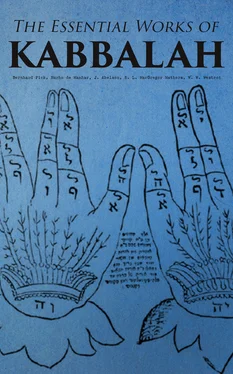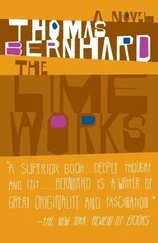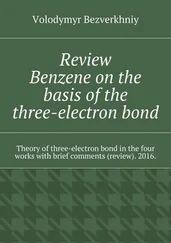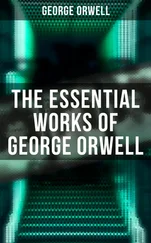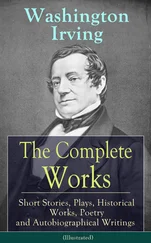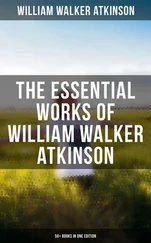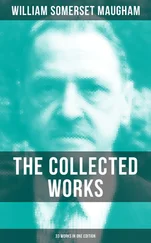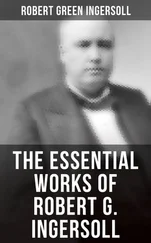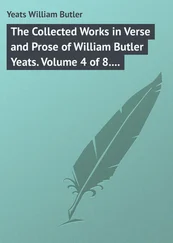1Merkaba, i. e., "Chariot," mentioned in Ezek. i and x, which treat of the Divine Throne, resting on wheels, and carried by sacred animals. Great mysteries are attached by the ancient Jews to all details of this description of the Deity and his surroundings, which in imitation of Maascy Bereshit, i. e., "the work of the hexahemeron" or "cosmogony," is also called Maascy Merkaba, "the Work of the Chariot," a kind of "theosophv."
2Rome. 1652, Vol. II, p. 225 f.
3Vol. IV, pp. 27 f.
4Also reprinted in Jellinek's Bet Ha-Midrash, Vol. II. pp. 114-117.
5More, Nebuchim I. 61. Wiinsche thinks that the treatise De Judaicis siipcrstitionibiis by Agobard, bishop of Lyons (died 840), was directed against this mystic tendency.
6L. Goldschmidt, Das Buck der Schopfang, Frankfurt a. M., 1894, p. 10, remarks: "I am inclined to put the time of the composition of the Book Jezirah into the second century B. C, and assert that it is the same book of the Creation which is mentioned in the Talmud." He is also inclined to make Palestine the place of its composition.
7We may add the English translation of the book by Edersheim, The Life and Times of Jesus the Messiah, Vol. II (1883), pp. 690-695.
8Comp. in general Beer, Leben Abraham's nach Auffassung der judlschen Sage, Leipsic, 1859; Grunbaum, N cue Beitrage zur semitischen Sagcnkunde; 1S93, pp. 89-132; Bonwetsch, Die Apokalypse Abrahams, 1897, pp. 41-55.
9Ophanim, translated "wheels" in the English version (Ezek. i. 20), is taken by the Jewish Rabbis to denote "a distinct order of angels," just as Cherubim and Seraphim. Hence the Talmudic explanation of Exod. xx, 20, by "Thou shalt not make the likeness of those ministering servants who serve before me in heaven, viz.. Ophanim, Seraphim, sacred Chajoth and missive angels," (Rosh ha-Shana, fol. 24, clo. 2). Ophan, the prince of this order, is regarded by the ancient sages as identical with the angel Sandalphon, co-brother or fellowcompanion of the angel Metabron.
10These three letters mean Jahu, or Yahveh, now pronounced Jehovah, of which they are the abbreviation; what follows shows how the permutation of these three letters marks the varied relationship of God to creation in time and space, and at the same time, so to speak, the immanence of His manifestation in it.
11The word ruach means all these.
12Azamoth.
13These letters of the Hebrew Alphabet are called double because they have a double pronunciation, being sometimes aspirated and sometimes not, according to their being with or without the dagcsh (i. e., a point in the middle).
14In order to ascertain how often a certain number of letters can be transposed, the product of the preceding number must be multiplied with it. thus:
Letter 2 x 1 = 2, 5 x 24 = 120
3 x 2 = 6, 6 x 120 = 720,
4 x 6 = 24, 7 x 720 = 5040 and so on.
15En Soph, i. e., "Endless." "Boundless," is the name of the Deity given in the Zohar, where it is said of God (III, 283b) that he cannot be comprehended by the intellect, nor described in words, for there is nothing which can grasp and depict him to us, and as such he is, in a certain sense, not existent.
16See above.
17See my article s. v. "Nachmanides" in McClintock and Strong's Cyclop.
18The angel who stands behind the throne of God.
19This Synadelphon is no doubt the same as "Sandalphon," the theme of Longfellow's poem of that name, which commences thus:
"Have you read in the Talmud of old,
In the Legends the Rabbins have told
Of the limitless realms of the air,
Have you read it,--the marvelous story
Of Sandalphon, the Angel of Glory,
Sandalphon, the Angel of Prayer?"
In a note on page 668 (Boston and New York edition, 1893) it is stated that Longfellow marked certain passages in Stehelin's The Traditions of the Jews, which evidently furnished the material.
20See my article s. v. "Abulafia" (he. cit., Vol. XI, p. 18) ; comp. also Giinzburg, Dcr Pseudo-Messias Abraham Abulafia, sein Lcben und sein Wirken. Cracow, 1904.
21See my article s. v. in McClintock and Strong's Cyclop., Vol. IX, p. 757.
Table of Contents
The Book of Splendor.—The titles of the Zohar vary. It is called "Midrash of Rabbi Simon ben Jochai," from its reputed author: "Midrash, Let there be Light," from the words in Gen. i. 4; more commonly "Sepher ha-Zohar," from Dan. xii. 3, where the word Zohar is used for "the brightness of the firmament." The title in full is: Sepher ha-Zohar al ha-Torah, me-ish Elohim Kodesh, hu more meod ha-tana R. Simon ben Jochai, etc., i. e., "The Book of Splendor on the Law, by the very holy and venerable man of God, the Tanaite rabbi Simon ben Jochai, of blessed memory."
The editio princeps is the one of Mantua (3 vols., 1558-1560) and has often been reprinted. The best edition of the book of Zohar is that by Christian Knorr von Rosenroth, with Jewish commentaries (Sulzbach, 1684, fol.) to which his rare Kabbala Denudata (1677-1684) forms an ample introduction. This edition was reprinted with an additional index (Amsterdam, 1714, 1728, 1772, 1805, 3 vols.). Recent editions of the Zohar were published at Breslau (1866, 3 vols.), Livorno (1877-78, in 7 parts), and Wilna (1882, 3 vols.; 1882-83 in 10 parts, containing many commentaries and additions).
The body of the work takes the form of a commentary of a highly mystic and allegorical character extending over the entire Pentateuch; but the Zohar is not considered complete without the addition of certain appendices attributed to the same author or to some of his personal or successional disciples.
These supplementary portions are:
1. Siphra di Tseniutha, i. e., "The Book of Secrets" or "Mysteries," contained in Vol. II, 176-178. It contains five chapters and is chiefly occupied with discussing the questions involved in the creation. In the second and third chapters the prophet Elijah communicates the secret which he learned in the heavenly school, that before the creation of the world God was unknown to man, but made known his essence after the creation of the world. The history of the creation is represented under the figure of a scale, which adjusts the opposite aspects of God before and after the creation. This portion has been translated into Latin by Rosenroth in the second volume of his Kabbala Denudata (Frankfort-on the-Main, 1684; Englished by Mathers, loc, cit., pp. 43-108).
2. Iddera Rabba, i. e., "The Great Assembly," referring to the community or college of Simon's disciples in their conferences for cabalistic discussion. These discussions are chiefly occupied with a description of the form and various members of the Deity; a disquisition on the revelation of the Deity, in his two aspects of the "Aged" and the "Young," to the creation and the universe; as well as on the diverse gigantic members of the Deity, such as the head, the beard, the eyes, the nose, etc., etc.; a dissertion on pneumatology, demonology, etc., etc. This part is generally found in Vol. Ill, pp. 127b-l4Sa, and has been translated into Latin by Rosenroth, loc. cit, and Englished by Mathers, pp. 109-257.
3. Iddera Zuta, i. e., "The Small Assembly," referring to the few disciples who still assembled for cabalistic discussion towards the end of their master's life or after his decease. It is to a great extent a recapitulation of the Iddera Rabba, and concludes with recording the death of Simon ben Jochai, the Sacred Light and the medium through whom God revealed the contents of the Zohar. This part is found in Vol. Ill, 287b296b, and from the Latin of Rosenroth (Vol. II of the Kabbala Denudata) it has been Englished by Mathers, pp. 259-341.
To these three larger appendices are added fifteen other minor fragments, viz.:
4. Saba, i. e., 'The Aged Man," also called "Saba demishpatim" or "The Discourse of the Aged in Mishpatim," given in II, 94a-114a. "The Aged" is the prophet Elijah who holds converse with Rabbi Simon about the doctrine of metempsychosis, and the discussion is attached to the Sabbatic section called "Mishpatim," i. e., Exod* xxi, 1-xxiv. 18.
Читать дальше
